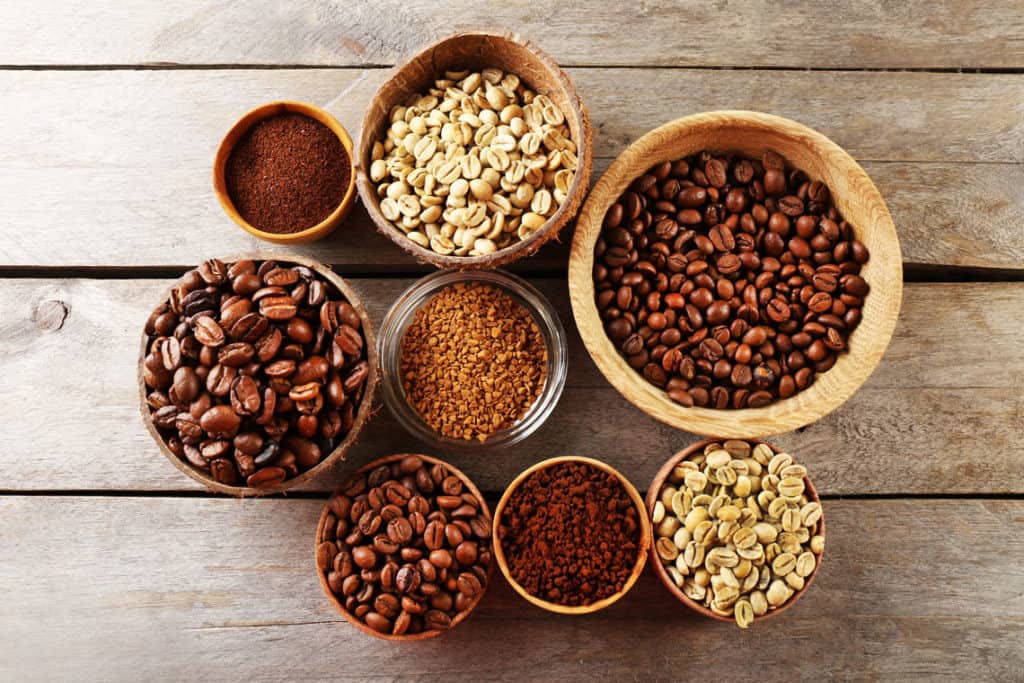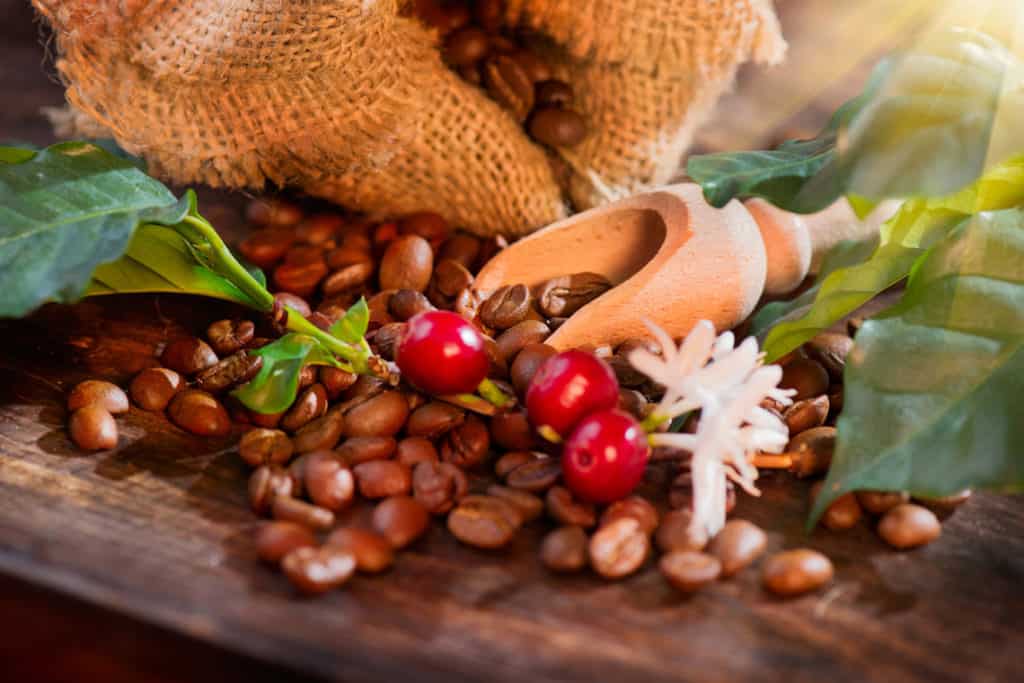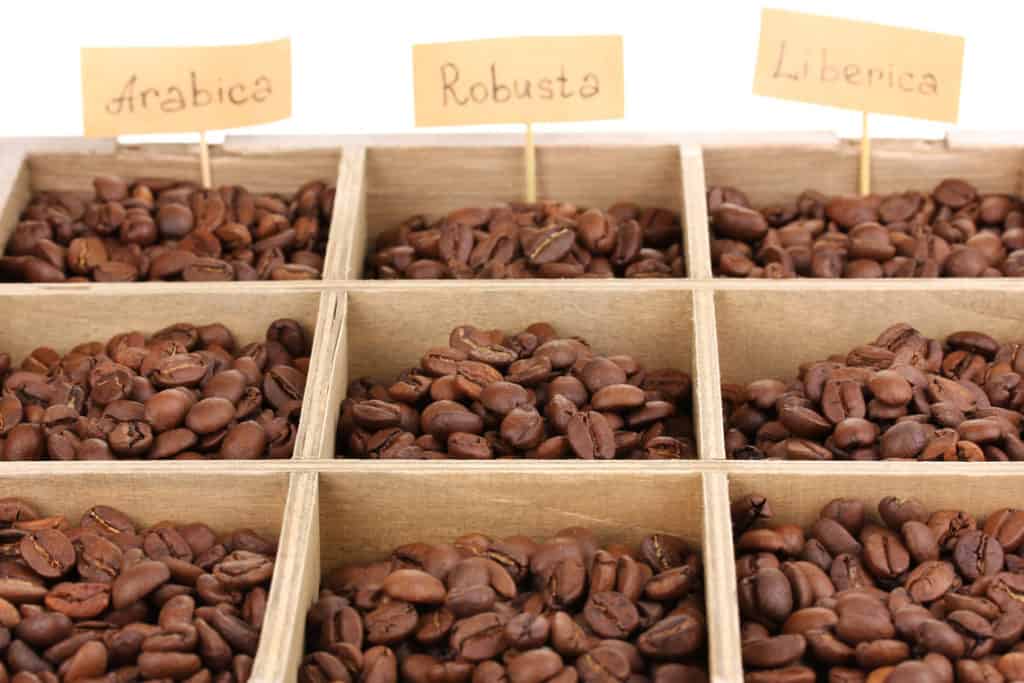Today, we’re going to dive into the world of coffee and unravel the distinctions and commonalities between these two siblings in the coffee world. Understanding these differences not only satisfies our innate curiosity as coffee fans, but it can also enhance our coffee experience and, most importantly, our coffee-making skills.
Are espresso beans and coffee beans the same?
Yes, all espresso beans are coffee beans, but not all coffee beans are espresso beans. That’s to say, espresso beans are a subset of coffee beans specifically chosen for their suitability for espresso brewing.
Espresso beans are typically a type of dark roast that is specially roasted and ground for brewing espresso. They usually have a robust, full-bodied flavor profile that stands up to the intense brewing process and pressure. And while it’s entirely possible to use any coffee bean to make espresso, some beans are more suitable than others based on their origin, variety, and flavor profile.
What does the “espresso” label really mean?
When you see a bag of coffee beans labeled as “espresso,” it doesn’t imply that they are a different breed from regular coffee beans. This label primarily signals that these beans are recommended for making espresso due to their roast level, grind size, and overall flavor profile.
Exploring Differences between Espresso Beans and Coffee Beans
Roast
The roast level refers to how long and how hot coffee beans are roasted. It ranges from light to medium to dark roast. Espresso beans are typically dark roasted, which provides a bold, full-bodied flavor. On the other hand, “regular” coffee beans can be found in all levels of roast, depending on your preference.
The roast level plays a crucial role in shaping your coffee’s flavor, aroma, acidity, body, and even caffeine content. A darker roast tends to have a more robust flavor and less acidity, while a lighter roast often features a more complex flavor profile and higher acidity.
Grind
Grind size refers to how finely or coarsely coffee beans are ground before brewing. You’ll need a fine grind that resembles powdered sugar for espresso. This is due to the fact that espresso is usually brewed under high pressure in a short span of 20 to 30 seconds. The fine grind size facilitates the extraction of a greater amount of the coffee’s solubles, given the brief brewing period.
On the other hand, regular coffee can accommodate a variety of grind sizes, from medium-fine for drip coffee makers to coarse for French press.
Brewing
Brewing method refers to how water interacts with the ground coffee to extract its flavor compounds. Hot water is forced through the finely ground coffee in espresso under high pressure. In contrast, regular coffee can be brewed using a variety of methods, such as drip, pour-over, or French press, each offering a unique flavor profile.
Taste
Given its concentrated nature, Espresso tends to have a strong, robust flavor, with a bit of bitterness and a rich, creamy consistency. In contrast, regular coffee offers a more versatile taste profile, from sweet and fruity to dark and bold, depending on the beans, roast, and brewing method.
Concentration of natural oils
Natural oils in coffee beans contribute significantly to their flavor and aroma. The concentration of these oils can vary based on the roast level and grind size. Darker roasts and finer grinds, like those used for espresso, typically release more oils. These oils give espresso its rich, full-bodied flavor and thick, creamy texture.
The Espresso and Coffee Comparison: Specific Questions
Does espresso have more caffeine?
Caffeine, the all-too-familiar stimulant found naturally in coffee beans, often triggers the age-old question: does espresso have more caffeine than regular coffee? While it’s true that espresso has more caffeine per volume, a typical serving of espresso is quite small compared to a regular cup of coffee. As a result, regular coffee usually contains more caffeine overall, despite having less caffeine per volume.
Factors such as roast level and brewing method also come into play. Darker roasts (like espresso roast) tend to have slightly less caffeine than lighter roasts. Similarly, the brewing method affects how much caffeine is extracted from the beans.
Lastly, individual factors such as your metabolism, tolerance, and consumption habits can influence how caffeine affects your body. So, it’s all about finding the right balance that suits your needs and preferences!
Can you use coffee beans for espresso?
“Coffee beans” is a general term referring to any roasted beans ready for brewing. As mentioned before, any coffee bean can technically be used to make espresso. However, certain beans might lend themselves better to the espresso brewing process based on factors like their origin, variety, and flavor profile.
Should I use Robusta beans for Espresso?
When it comes to brewing that perfect shot of espresso, a blend of Arabica en Robusta can truly work wonders.
A significant advantage of adding Robusta beans to your espresso blend is the rich, creamy layer it contributes. Known as crema, this thick, creamy foam is a hallmark of a well-brewed espresso. Robusta beans have nearly twice the caffeine content of Arabica and a higher percentage of soluble proteins, both of which contribute to a denser, longer-lasting crema. This gives your espresso a professional finish and enhances the aroma and flavor profile.
A Summary: Espresso Beans vs Coffee Beans in a Nutshell
In this journey through the world of espresso and coffee beans, we’ve explored various aspects that set these two apart, while also revealing their deep-seated similarities. Espresso and coffee beans can be the same, but they are prepared and enjoyed in different ways to create unique coffee experiences.
Remember that the best coffee or espresso drink is one that brings you joy and suits your taste buds. Don’t be afraid to experiment with different types of beans and brewing methods to discover your personal coffee nirvana.
Last Updated on June 7, 2023 by Cristina Vélez




